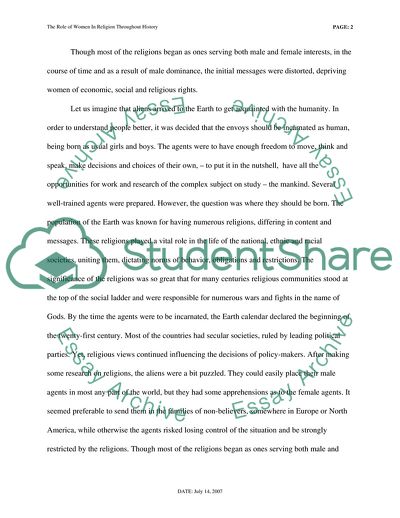Cite this document
(The Role of Women in Religion throughout History Case Study, n.d.)
The Role of Women in Religion throughout History Case Study. Retrieved from https://studentshare.org/religion-and-theology/1708346-the-role-of-women-in-religion-throughout-history
The Role of Women in Religion throughout History Case Study. Retrieved from https://studentshare.org/religion-and-theology/1708346-the-role-of-women-in-religion-throughout-history
(The Role of Women in Religion Throughout History Case Study)
The Role of Women in Religion Throughout History Case Study. https://studentshare.org/religion-and-theology/1708346-the-role-of-women-in-religion-throughout-history.
The Role of Women in Religion Throughout History Case Study. https://studentshare.org/religion-and-theology/1708346-the-role-of-women-in-religion-throughout-history.
“The Role of Women in Religion Throughout History Case Study”. https://studentshare.org/religion-and-theology/1708346-the-role-of-women-in-religion-throughout-history.


